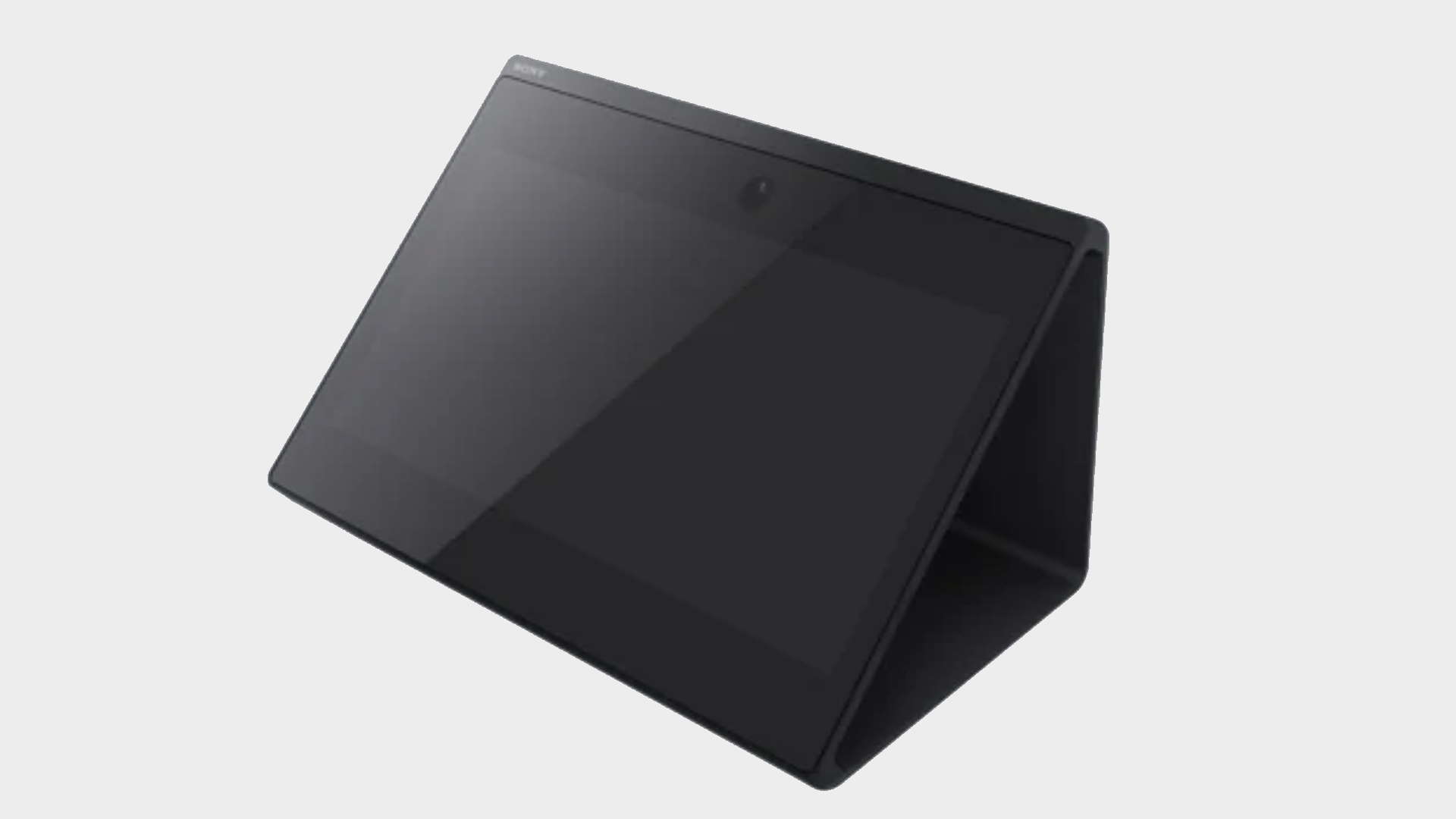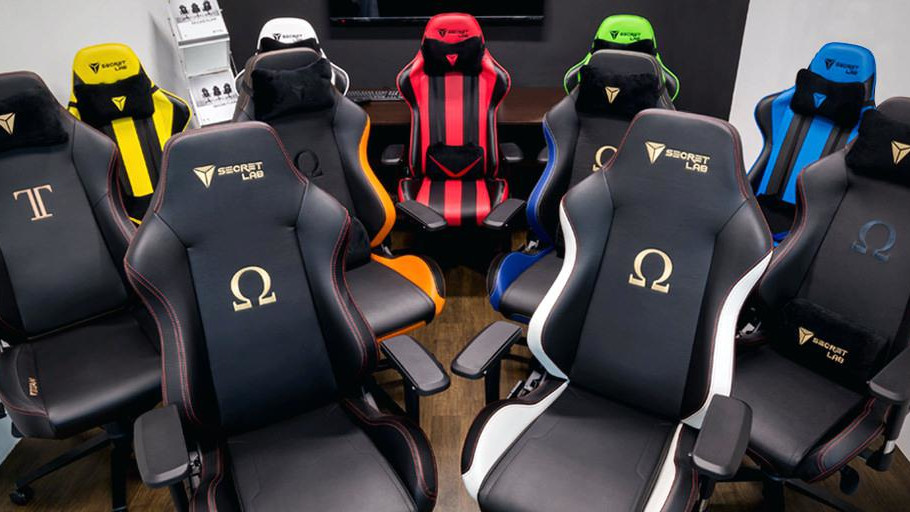Sony's latest 4K monitor brings Nintendo 3DS-like panel tech to PC
And it does so without giving you a headache.

Holographic imaging has come a long way since its conception. The idea was first thought up by Dennis Gabor, a Hungarian scientist, in 1947. Now we see his idea coming to life, with projects like The Looking Glass being used for medical and scientific visualisation, and even experiential marketing. And now even Sony are now jumping into the holographic hullabaloo.
Sony has now announced the new ELF-SR1 or ‘Spatial Reality Display’—a 15.6 inch, 4K LCD panel for holographic visualisation of 3D objects and scenes.
Functioning similarly to the old Nintendo 3DS screen, the new SR Display allows you to view objects as if they were rendered in 3D space in front of the screen. You can also lean around, looking at objects from different angles without moving them within the screen-space. Thankfully, the high-speed eye tracking camera means the SR Display is able to reflect the natural movement of your head (per millisecond) without causing headaches, as was an unfortunate side effect of the 3DS tech.
The SR Display resembles a traditional computer monitor, but it leans back at a 45 degree angle that can’t be altered. The 4K panel looks just like any other switched off, except the micro optical lens coating means every pixel is split into two optical zones. In order for the holographic effect to work, each eye is essentially observing at 2K resolution each.
Other than that, the specifications are pretty standard, with ~100% of Adobe RGB color gamut, 500 nits of brightness, and a 1400:1 contrast ratio. Sony hasn't said anything about the refresh rate, but has disclosed that the it comes with built-in 2.1-channel speakers, and will even work with a Leap Motion gesture controller.
You may be thinking, “Finally, does this mean I’ll be able to get away with trying to look around corners in game, from in front of my computer screen?” The answer, in short, is no. The tech isn’t optimised for playing games just yet.

Best chair for gaming: the top gaming chairs around
Best PC controller: sit back, relax, and get your game on
Sure, someday, we expect this kind of tech to be an exciting addition to certain kinds of gaming setups, but for now it's pretty much reserved for the content creation and scientific visualisation industries. For example, the next generation of game assets may end up being developed using SR Displays, and they could be of great benefit in the fields of film previsualization, architecture, and even automotive design, but don’t expect to be playing Dejarik Holochess from your desktop just yet.
The biggest gaming news, reviews and hardware deals
Keep up to date with the most important stories and the best deals, as picked by the PC Gamer team.
If you’re looking to up your 3D content visualisation game, the Spatial Reality Display will be available from November 2020 on Sony’s store, but you’ll need to fork out a good $5,000 for the novelty. Currently the technology is only available for those with a pretty powerful Windows PC, with extensive rendering capabilities, and you’ll need either Unreal Engine or Unity to be able to create the 3D content.

Screw sports, Katie would rather watch Intel, AMD and Nvidia go at it. Having been obsessed with computers and graphics for three long decades, she took Game Art and Design up to Masters level at uni, and has been rambling about games, tech and science—rather sarcastically—for four years since. She can be found admiring technological advancements, scrambling for scintillating Raspberry Pi projects, preaching cybersecurity awareness, sighing over semiconductors, and gawping at the latest GPU upgrades. Right now she's waiting patiently for her chance to upload her consciousness into the cloud.

